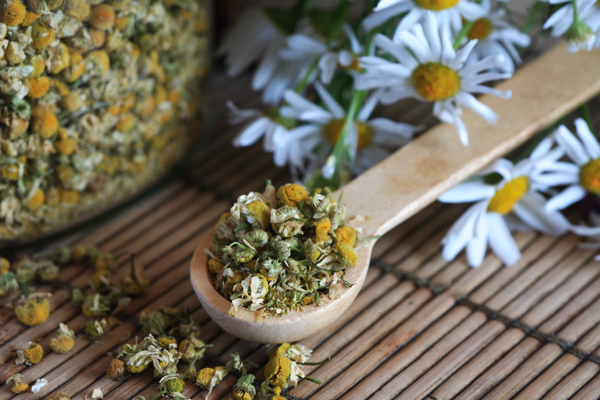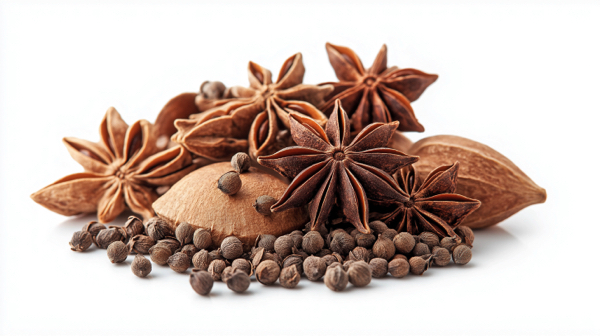Mold often OVERLOOKED as cause of sicknesses, anxiety and depression
11/21/2024 / By S.D. Wells

When most people assess the cause of any anxiety or depression they are experiencing, they are quick to blame social and emotional forces that are working “against them” due to bad experiences and trauma. That’s what comes to mind, and it’s also what most psychologists and psychiatrists dwell on for diagnosis, but what if the main cause of anxiety and depression was something completely different and totally physical, plus something easily cured and prevented, for future reference?
Mold is like an invisible cause of anxiety and depression that most people or doctors don’t even consider, and there are over 100,000 types of molds that can grow indoors and outdoors. Molds can be classified as allergenic, toxigenic (causes deadly health conditions) or pathogenic (disease-causing), and they are harmful whether they are ingested or inhaled. In the home, mold often grows in warm, damp and dimly lit areas, like bathrooms, attics and basements.
Some folks are much more sensitive to mold than others, and symptoms can become apparent early on from exposure, including coughing, wheezing, stuffy nose, headaches, fatigue, digestive issues, shortness of breath, exacerbated asthma, irritated eyes and skin, and lung infections. Chronic exposure, ingestion or inhalation can lead to liver and kidney conditions, pulmonary bleeding, and liver cancer.
It’s important to keep humidity in the home as low as possible, fix water leaks asap, and clean up thoroughly after a flood or burst pipe. Also, be sure to ventilate water prone areas. If mold develops, use a bleach solution or hydrogen peroxide (less harsh) to kill it, preferably in a spray bottle and use a scrub brush. An organic solution is to use distilled white vinegar with baking soda, wipe down the area, let it sit for an hour, then clean. If you feel overwhelmed, hire an expert who has proper supplies for toxigenic mold.
Science reveals that mold is linked to mental health problems, including higher rates of depression and mood disorders
Science shows that mold is linked to mental health problems. Chronic exposure to mold can exacerbate mood disorders, including depression and anxiety, plus impact cognitive function and memory. Don’t let it come to that. Research reveals people living in homes with mold experience higher rates of depression. Let that sink in for a minute. You or a loved one might think you’re depressed due to stress, situations and experiences, when it’s the mold that’s driving the issue.
In fact, depression needs to be redefined as an infectious disease, instead of an “emotional disorder.” Especially since depression is often the result of an infection from microorganisms, including bacteria, viruses or parasites. Realize this is preventable and curable, rather than some “chemical imbalance” that can only be “treated” or “managed” with prescription medications.
Frankly, when someone feels anxious or depressed, a first order of business should be to be examined for infection from mold, parasites, bacteria and viruses. This could preempt other diagnoses that could be unfounded and avoid dangerous medications that can cause horrific side effects. If you’ve lost interest in getting out of bed in the morning, there’s probably a whole lot more to it than just stress. You could be suffering from inflammation of the brain from pathogens or parasites, and how you feel is simply a symptom of this infection.
Here are some common places you might find mold, so be on the lookout, and nip it in the bud, get rid of it and avoid eating it or breathing it in. Be careful when buying mushrooms. Rinse them well before cooking and cut them up so you can see all parts, as mold can hide underneath or inside the caps. Fruit, like raspberries, oranges and blueberries, can hide mold on the bottom side or even on the inside where you don’t notice at first glance. Check them all before you simply gobble down a whole bunch.
Windowsills and windowpanes are common places to find mold where the moisture builds up. Inside and on vent screens you might find mold building up, and this could blow spores around the rooms of the house or office, becoming easy to inhale and cause infection. Bathrooms, since there’s much water running and left standing on counters, tubs, showers and the toilet, are prime spots for mold to develop. Tune your food news frequency to FoodSupply.news and get updates on more ways toxic food can lead to sicknesses.
Sources for this article include:
Submit a correction >>
Tagged Under:
Anxiety, causes anxiety, causes depression, Dangerous, depression, disease causes, health science, infections, mental health, Mind, mind body science, mold, mold in home, mold kinds, Mold types, moldy bathroom, moldy food
This article may contain statements that reflect the opinion of the author
RECENT NEWS & ARTICLES
Mental.News is a fact-based public education website published by Mental News Features, LLC.
All content copyright © 2018 by Mental News Features, LLC.
Contact Us with Tips or Corrections
All trademarks, registered trademarks and servicemarks mentioned on this site are the property of their respective owners.


















